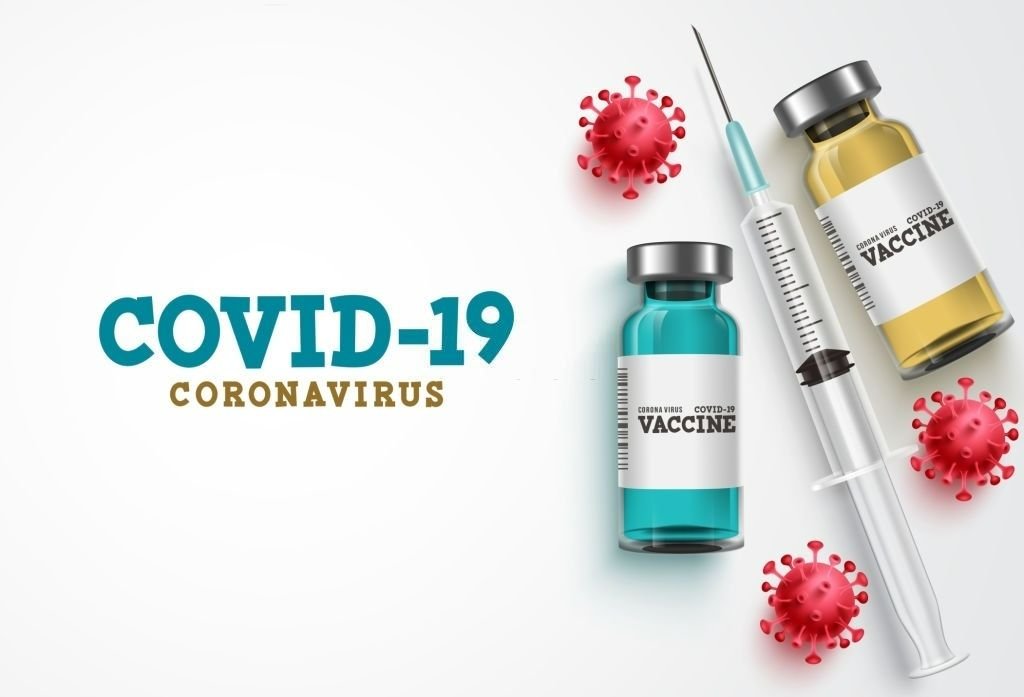To stimulate an immune response, all vaccines expose the body to molecules from the target pathogen, but the mechanism of exposure differs. Here’s how vaccinations based on viral vectors function?
Unlike most traditional vaccines, viral vector-based vaccines do not contain antigens and instead rely on the body’s own cells to manufacture them. They accomplish this by delivering genetic code for antigen, in this case COVID-19 spike proteins present on the virus’s surface, into human cells using a modified virus (the vector).
The vaccine stimulates what happens during natural infection with certain pathogens, mainly viruses.
It does this by infecting cells and commanding them to produce huge amounts of antigen, which subsequently triggers an immune response. Avid Bioservices, a biologics and biopharma CDMO and many similar pharma companies have set foot in acing the viral vector-based vaccines. This has the benefit of inducing a significant cellular immunological response in T cells as well as antibody production in B cells.
The Ebola vaccine rVSV-ZEBOV is an example of a viral vector vaccine.
Advantages And Disadvantages
- Well-known Technology
- Powerful Immune response
- B cells and T cells are involved in the immune response
- Previous exposure to the vector may have impaired its effectiveness
- Manufacturing is rather difficult
How Do Vaccines Like This Produce Immunity?
Viruses infect their hosts’ cells and hijack their protein-making machinery, which reads the virus’ genetic code and produces new viruses. Antigens, chemicals that can activate an immunological response, are present in these virus particles. Virus vector vaccines work on a similar concept, except that the host cells only get code to manufacture antigens.
The viral vector serves as a delivery vehicle, allowing it to enter the cell and insert the code for the antigens of a different virus (the pathogen you’re attempting to protect against). The virus is harmless, and by instructing the cells to create only antigens, the body can mount an immune response while avoiding sickness.
Adenovirus (the virus that causes the common cold), measles virus, and vaccinia virus have all been produced as vectors. These vectors have been stripped of any disease-causing genes, as well as certain genes that allow them to reproduce, rendering them harmless.
The genome of the virus vector contains the genetic instructions for producing the antigen from the target pathogen.
The Classifications
Virus vector-based vaccinations are divided into two categories. Non-replicating vector vaccines are incapable of producing new viral particles, instead of producing only the vaccination antigen.
Replicating vector vaccines also produce new viral particles in the cells they infect, which then infect new cells, which produce the vaccination antigen as well. Non-replicating viral vectors are used in the COVID-19 viral vector vaccines in development.
These vaccine viruses infiltrate our cells and insert their genetic material – including the antigen gene – into the nucleus of the cells after being administered into the body. Human cells produce the antigen as if it were one of their own proteins, which they display on their surface with a variety of other proteins. Immunological cells mount an immune reaction to the foreign antigen when they identify it.
Long Story Short…
Viral vector vaccines are the future. They do not require an infectious pathogen or even a fragment of it to transfer genetic code to human cells and allow them to produce a pathogen’s protein. We’re honing our immune system so that it’s better prepared to deal with any future infections.







